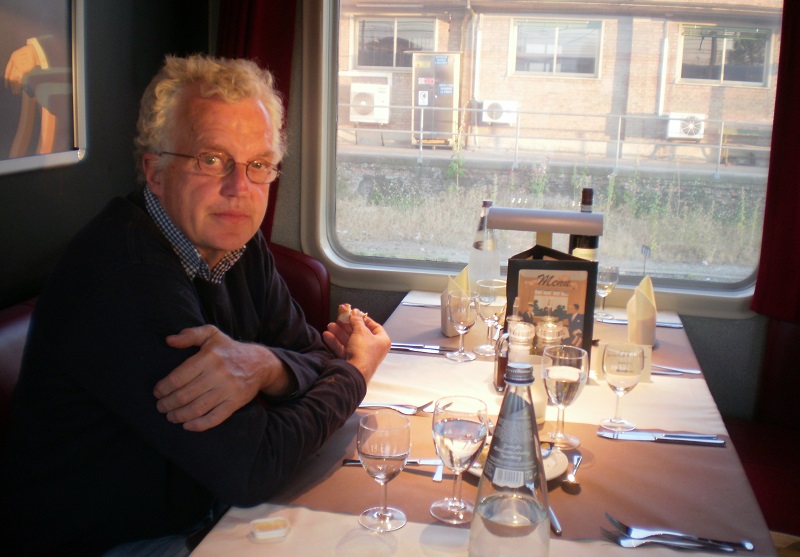Along with tower blocks and shopping precincts, one way systems were a product of the 1960s ethos that failed to put people first. They were designed to speed up traffic but left devastated communities and irate drivers in their wake. It was an era when the motorist was king and no one had thought of the consequences of the uncontrolled growth of car use in urban areas not designed to accommodate them.
One way systems squeezed the lifeblood out of local areas as they were intended to ensure cars could get through them as fast as possible, without being able to stop. Consequently, traffic would whizz by at speeds far greater than the notional 30mph limit, creating noise and air pollution and ruining local businesses as no one could park to use them. Research in the1960s in San Francisco found that the more traffic through an area, the less community spirit there was and consequently by encouraging through traffic gyratories created urban blight.
Of course pedestrians, cyclists and local people hate them because of the dangers created by speeding cars. But actually, scrapping them helps motorists, too, since the time they save is illusory, simply shovelling cars more quickly into the next jam, as well as making people drive far longer distances.
Transport for London knows that the policy of removing gyratories works. You only have to look at the transformation of Shoreditch after the one way system was scrapped in 2002 to see how a soulless lost part of the inner city has been regenerated, with the opening of cafes and restaurants, and countless other businesses. Moreover, it takes no longer to drive through the area than previously.
Therefore, TfL’s plans are, if anything, too modest. Boris Johnson should commit himself to scrapping all London’s one way systems as that would have a fantastic regenerative effect on areas such as Lewisham, Holloway (where I live), Camden and numerous other areas. And if he were being really ambitious, he should return to green space the section scandalously hewn out of Hyde Park in the 1960s for the Park Lane dual carriageway.
